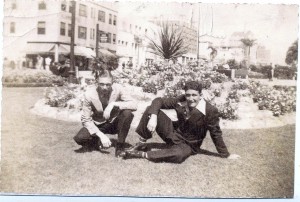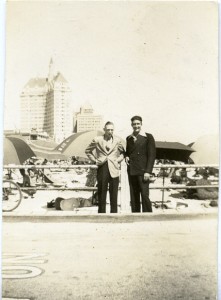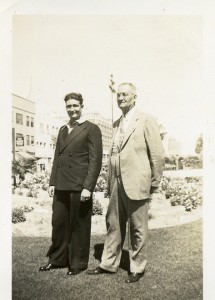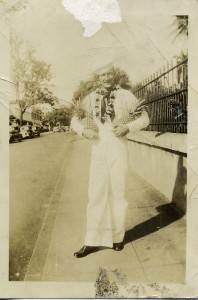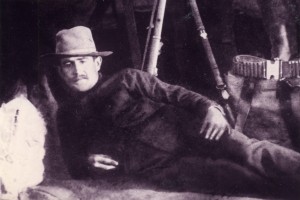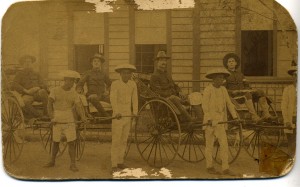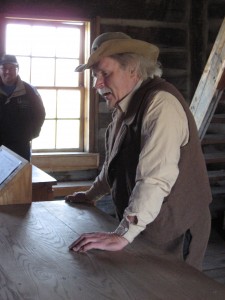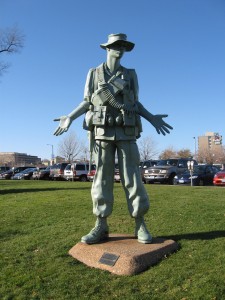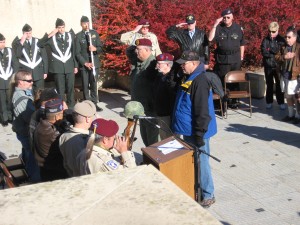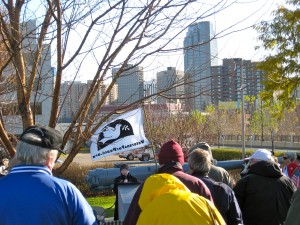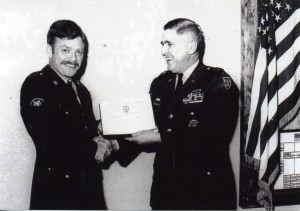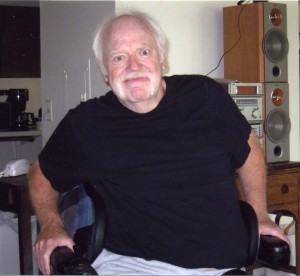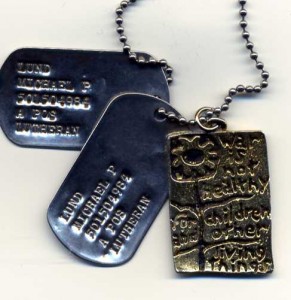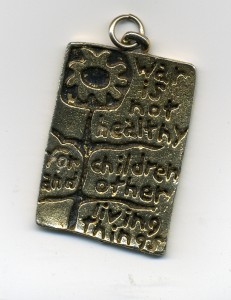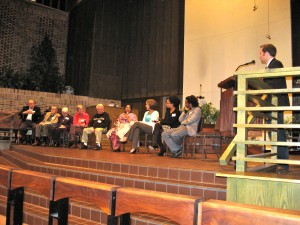#306 – Dick Bernard: Frank Peter Bernard, U.S. Navy 1935 – 1941, USS Arizona
It was on a Sunday morning, December 7, 1941, that my Uncle, Frank Peter Bernard, was killed on the USS Arizona at Pearl Harbor HI.
Each December 7 I remember that day, and indeed, am reminded of that day, as the iconic film clip of the Arizona being hit by the bomb is shown.
Dec. 7, 2010, was no different, until an e-mail arrived late in the afternoon from Dave Calvert, someone unknown to me. The e-mail included two photographs of his Dad, Max Calvert, and my Uncle, taken in 1938 at Long Beach CA. The photographs (below) seemed familiar, and I looked in my collection and found two photos taken at exactly the same place on the same day, one of them identical to the one of Max and Frank; the second with my Uncle and his Dad, my Grandpa Henry Bernard.
The miracle of the internet!
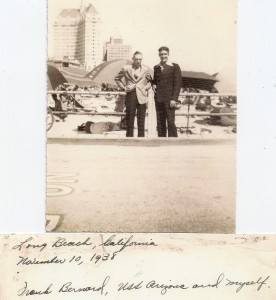
Max’s son and I met each other through the ‘twin’ photos. His Dad, he said, was an Iowa farm kid actual first name Howard, who had joined the Navy and at the time of the photo was secretary for the Commander of the Pacific Fleet, Adm. Husband E. Kimmel, on the USS San Francisco. Uncle Frank, two or three years older, was a small town kid from North Dakota. How Max and Frank became friends is unknown; as is why they happened to show up at the same place as my grandparents were then visiting. But it was a fascinating story.
The handwritten caption on the back of Max’s photo said it was taken in November of 1938. The mechanical stamp on the back of my photos identified the date the film was processed as August 15, 1938. Such small discrepancies are common in history work. Most likely, because of the photo processing date stamp, the photos were taken in August in Long Beach. The Arizona was in port at San Pedro August 12-15.
The surprise event caused me to write an e-mail to the National Park Service at Pearl Harbor, telling them I had some photos to share of Uncle Frank. In late December, I received a reply, and sent jpeg’s of all of them for the National Park Service Library at Pearl Harbor.
Last night I decided to post the collection on Facebook. You can view them all here. Double click on any photo to get a larger version. Hold the cursor on the photo to see the caption.
Not at Facebook, but also provided to the Park Service, are three text items relating to my Uncle Frank who, in his short 26 years of life, became, unintentionally, an actor in World War II: Arizona014; Memory017; Fam History015
Frank is at peace; May we all be at Peace as well.
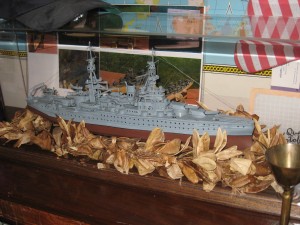
Model of USS Arizona hand-crafted by Bob Tonra ca 1996; goblet, one of six made by Frank Bernard on USS Arizona (size 6 inches high); leaves are Hawaiian, gift from a friend in 1998.
A newspaper column I wrote in 2005 about the end of WWII is at this link:Atomic Bomb 1945001

